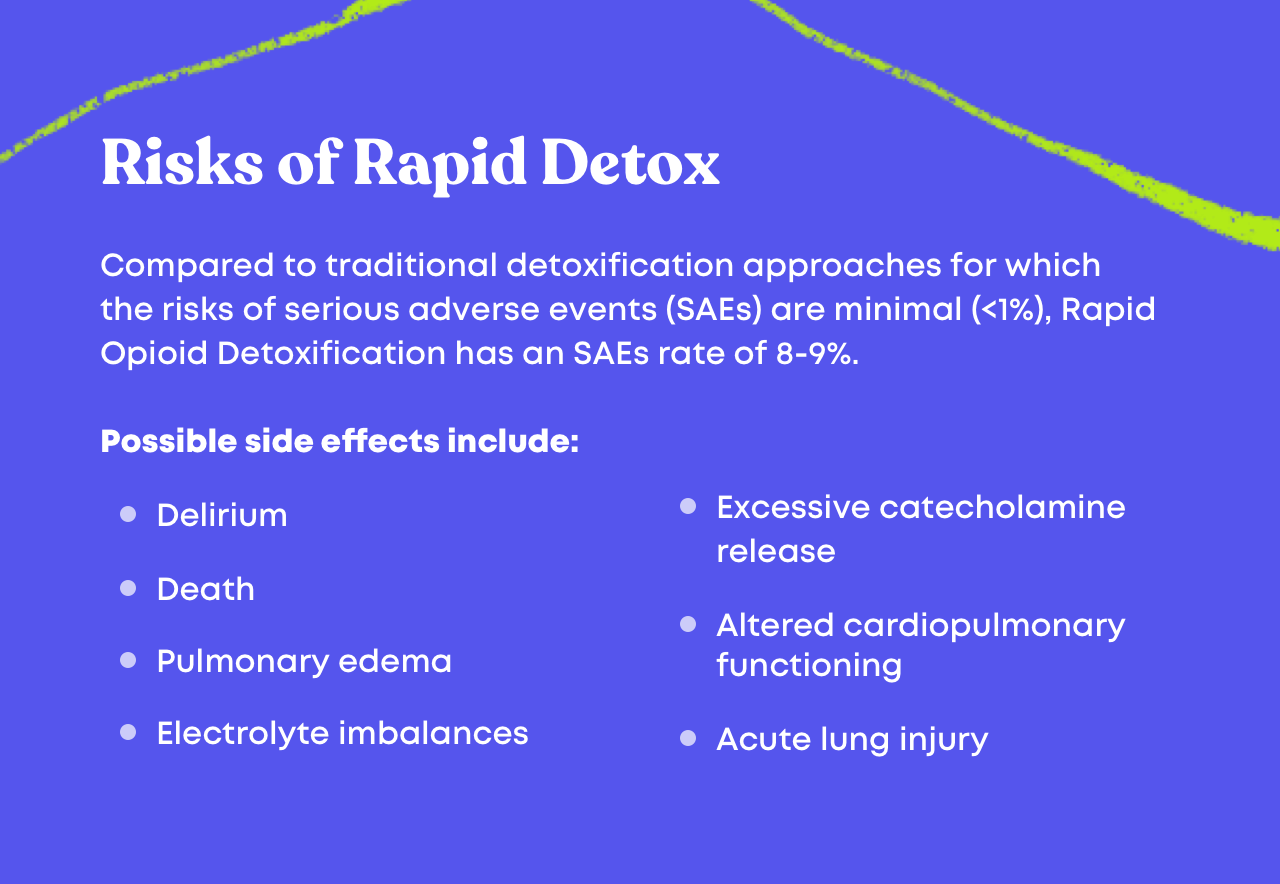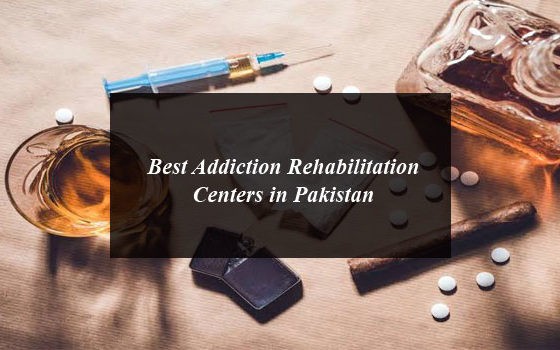
A Detailed Analysis of Causes, Consequences, and Treatment of Ice Addiction
Introduction:- Ice addiction, also known as crystal methamphetamine use disorder, is one of the most dangerous and rapidly growing substance use problems globally. Commonly known as “ice” due to its transparent, crystalline appearance, it is a highly potent and addictive stimulant that affects the central nervous system. The euphoric effects it produces are short-lived, but the long-term consequences can be catastrophic, often resulting in serious mental, physical, and social dysfunctions. Understanding the complex nature of ice addiction is crucial for prevention, early intervention, and rehabilitation. A Brief history of Methamphetamine (Ice): Amphetamine-type stimulants were developed as synthetic alternatives to ephedra from the Ephedra plant, which has been used for over 5000 years in traditional Chinese medicine. In 1885, ephedrine, the active alkaloid. Present in ephedra, was extracted and was later recognised to be similar to epinephrine (adrenaline). Ephedrine had the advantage of being able to be inhaled or taken orally, which had a longer duration of action and produced more pronounced and dependable central nervous stimulation. In 1919, methamphetamine was first synthesised in Japan using ephedrine as a precursor. In 1932, Benzedrine (dextroamphetamine) was first marketed as an inhaler for the treatment of asthma and nasal congestion. Benzedrine was later used to reduce behavioural problems in children with attention deficit hyperactivity disorder and to treat narcolepsy and depression and as an anorexic.In 1940, methamphetamine was marketed in tablet form as Methedrine. During the Second World War, Benzedrine and Pervitin (methamphetamine) were used by the military to improve alertness and performance and reduce fatigue in pilots and soldiers. Following the war, both the United States and Japan experienced epidemics of methamphetamine-related morbidity. Understanding Ice (Crystal Methamphetamine) Ice is a synthetic stimulant that is chemically similar to amphetamines. It is usually smoked but can also be snorted, swallowed, or injected. The drug increases the amount of dopamine in the brain, which leads to intense feelings of pleasure, increased alertness, and a surge of energy. Key Characteristics: Chemical name: Crystal methamphetamine hydrochloride Appearance: Clear or bluish-white crystals Common street names: Ice, crystal, meth, glass, Tina Mode of use: Smoking (most common), injecting, snorting, swallowing The neurobiology of methamphetamine In the dopaminergic pathways of the brain, methamphetamine activates the mesolimbic, mesocortical circuit and the nigrostriatal pathways, which have been related to the euphoric effects observed immediately after ingestion. In the noradrenergic pathway, methamphetamine is active in the medial basal forebrain, the hippocampus and the prefrontal cortex which sub serve functions. Related to arousal, memory consolidation and cognitive processing, respectively. The serotonergic pathways regulate diverse functions including pain perception, sexual drive, reward and higher order Cognitive processing. The wide distribution and Interactions of monoamine neurotransmitters throughout the central nervous system and the peripherally mediated effects of methamphetamine contribute to the intricacy of methamphetamine effects. The potentiation of dopaminergic neurotransmission within the mesocorticolimbic circuit has been implicated in the risky decision-making and rein-forcing properties of dependency producing methamphetamine. Risk Factors that facilitate Addictive behavior There are following risk factors Most people who are addicted to drugs are due to an older person in their home, such as a father or older brother, who uses cigarettes or some other drug. Some childhood trauma or other problems that a person cannot tell anyone and finds a way to relieve himself by taking drugs. Unemployment or job tension can also lead to addiction. When a person’s friends are involved in drug activities, the chances of that person also increase because he is influenced by them or sees them every day and feels good about it. Another major reason for addiction is that when the family gives their child more money, he can easily buy drugs. Even when the family’s relationships are not good, any person there can turn to addiction. A major element during parenting that promotes addictive behavior is when mothers accept everything their children say without investigating and do not investigate their actions. Then that person easily does whatever he wants, whether it is addiction or any other bad habit. Another thing is when parents are not aware of their children’s friends, who their friends are outside, how they are, what they do, whether their habits are good or bad. When they do not have proper checks and balances in all these things, then things can go wrong. And when parents cannot spend quality time with their children, perhaps they work or spend more time away from home due to some work, then when children live alone, their personality grows with some deficiency. Then their nature is good, they are unable to distinguish between bad things and they easily make friends even with strangers and start obeying their words. Consequences of Ice Addiction 1.Physical Consequences Malnutrition and dehydration Skin infections and scarring Liver and kidney damage Immune system suppression Seizures, stroke, and death in severe cases 2.Mental Health Consequences Drug-induced psychosis Long-term cognitive impairment Increased risk of suicide Co-occurring psychiatric conditions (e.g., bipolar disorder, schizophrenia) 3.Social and Legal Consequences Relationship breakdowns and domestic violence Child neglect or loss of parental rights Criminal charges (possession, theft, trafficking) Homelessness and social isolation Unemployment and financial crisis Treatment of Ice Addiction Treating ice (crystal methamphetamine) addiction is a complex and long-term process that requires a comprehensive, multidisciplinary approach tailored to the individual’s physical, psychological, and social needs. The first step is often detoxification, where the individual undergoes medical supervision to manage acute withdrawal symptoms such as fatigue, depression, agitation, and intense cravings. This phase is critical, as the psychological withdrawal symptoms can be severe and increase the risk of relapse. Although there are no medications specifically approved for treating methamphetamine addiction, supportive medications like antidepressants,antipsychotics, or anti-anxiety agents may be used to address co-occurring psychiatric symptoms and aid in stabilization. Following detox, psychological therapies become the core component of treatment. Cognitive Behavioral Therapy (CBT) is one of the most effective interventions, helping individuals identify drug-use triggers, develop coping strategies, and reshape negative thought patterns that reinforce addiction. Motivational Interviewing (MI) is another key technique that enhances the




